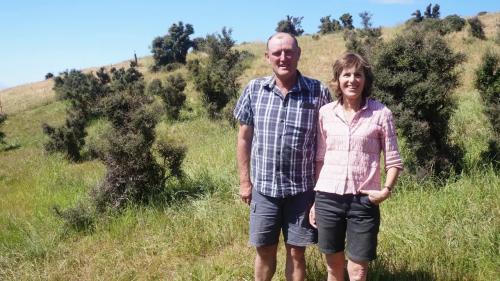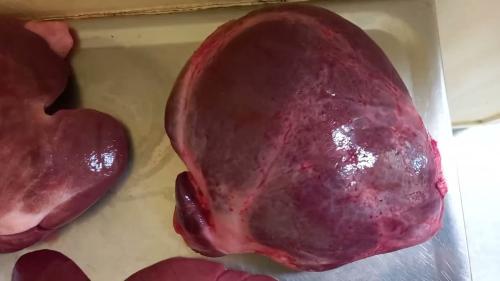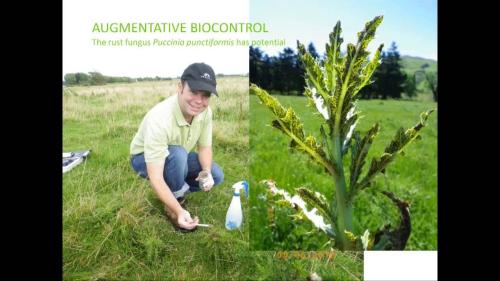Search results
Displaying 341 - 350 results of 1122
- VideoOwners Mark and Jane Schwass were commended for their strong emphasis on riparian planting and stock shelter, good fertiliser policy and dedication to protecting and enhancing native …
- News… and is enjoying living and working on a Sheep and beef farm at Whangārei Heads. …

- Video… and Annabel Craw run Longridge Agriculture, a sheep and cattle grazing business on Banks …
- Factsheet… weed wireweed docks factsheets made possible sheep beef farmer investment industry beef …
- Video… control. This Beef + Lamb New Zealand-funded study was conducted by AgResearch. …
- Video… control. This Beef + Lamb New Zealand-funded study was conducted by AgResearch. …
- … analysis and forecasts for farmers in the sheep and beef sectors. … reports on specific subjects related to the sheep and beef sector, including annual cost …
- Factsheet… graze paddocks different species animals sheep cattle share few parasites sheep eat grass also consume remove cattle … susceptible stock worm challenge where animal poo worm larvae where worm larvae production …
- Factsheet… look ugly put off findings from onfarm study study two paddocks were selected each three … factsheets made possible sheep beef farmer investment industry beef …
- … Drench resistance is a growing challenge for sheep and beef farmers, complicating parasite … nematodes is a major concern for sheep and beef farmers, and drench resistance … sheep and cattle. The proof-of-concept study will focus on: Trichostrongylus species: …



